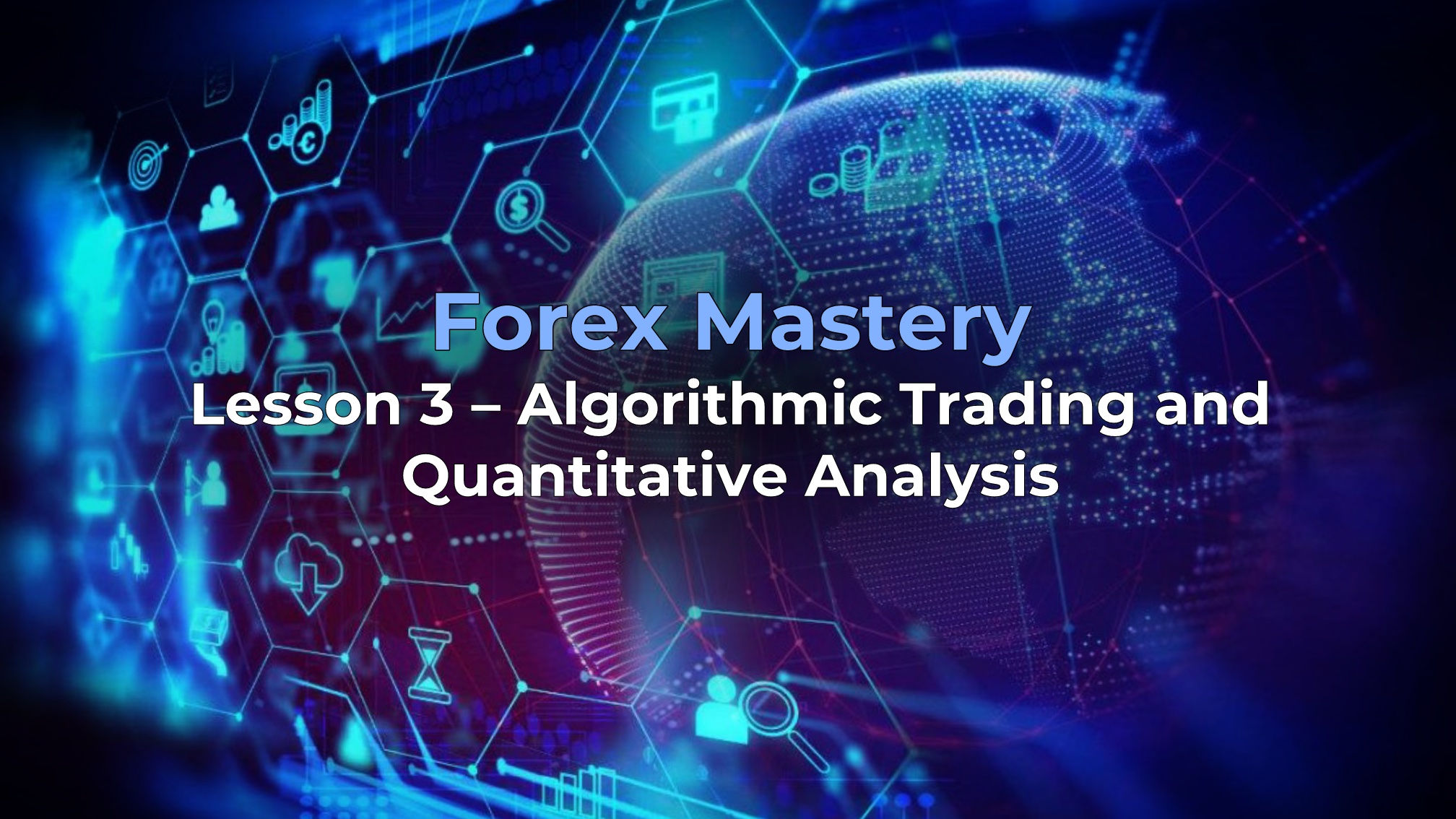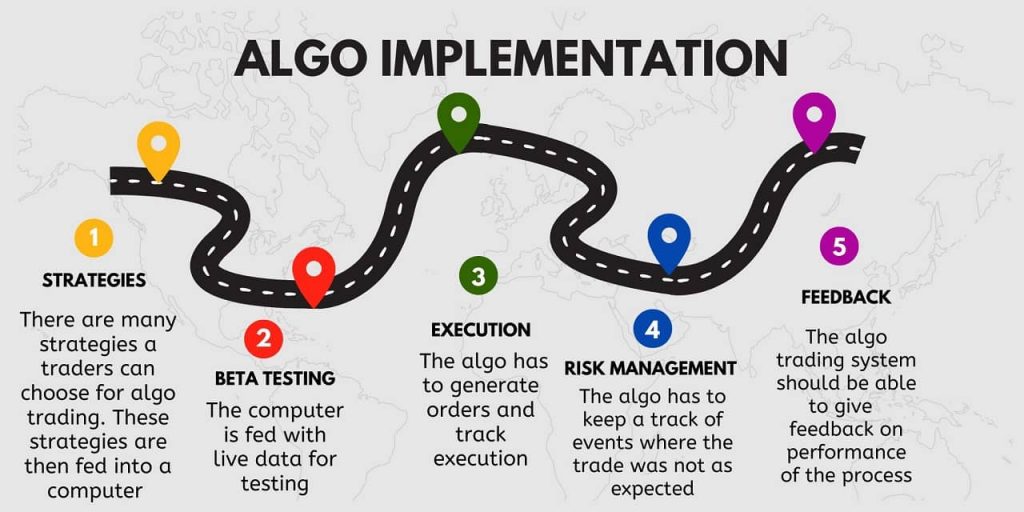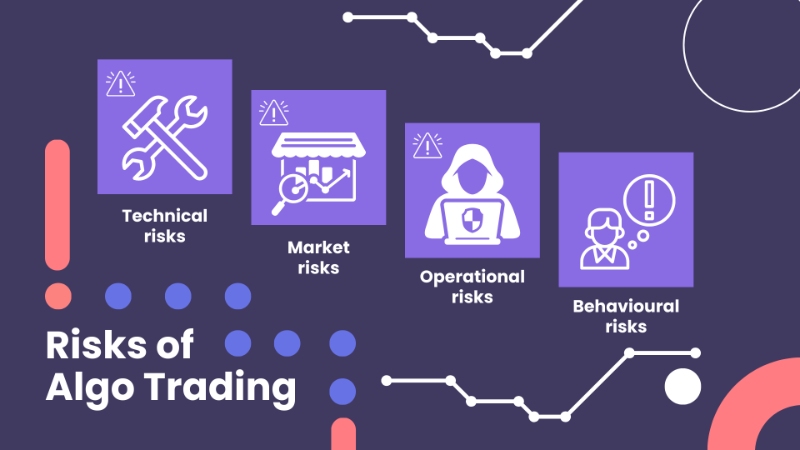
Forex Mastery: Lesson 3 – Algorithmic Trading and Quantitative Analysis
27 December 2023
62 views
Introduction to Algorithmic Trading
Algorithmic trading, also known as algo trading, involves using computer algorithms to automate trading decisions. This approach leverages quantitative analysis to develop strategies based on statistical models and historical data.
Basics of Algorithmic Trading
Key Concepts
- Algorithms: Predefined sets of rules and conditions programmed to execute trades automatically.
- Backtesting: Testing an algorithm on historical data to evaluate its performance.
- Execution: Real-time implementation of the algorithm in the market.
Example
An algorithm might be programmed to:
- Buy a currency pair when the Relative Strength Index (RSI) drops below 30 (indicating oversold conditions).
- Sell the currency pair when the RSI rises above 70 (indicating overbought conditions).

Developing Algorithmic Trading Strategies
Creating a successful algorithmic trading strategy involves several steps:
- Identify a Trading Idea: Develop a hypothesis based on market behavior, technical indicators, or economic data.
- Quantitative Analysis: Use statistical methods to test the viability of the idea.
- Programming: Translate the trading idea into a computer algorithm using a programming language like Python.
- Backtesting: Test the algorithm on historical data to assess its performance.
- Optimization: Refine the algorithm to improve its effectiveness and reduce risk.
- Live Testing: Implement the algorithm in a live trading environment with a small amount of capital.
Advanced Quantitative Analysis
Quantitative analysis involves using mathematical and statistical techniques to analyze market data and develop trading strategies.
Key Concepts
- Statistical Arbitrage: Exploiting price differences between correlated currency pairs.
- Mean Reversion: Identifying currency pairs that tend to revert to their mean price over time.
- Machine Learning: Using artificial intelligence to analyze large datasets and identify trading opportunities.
Example
A machine learning model might analyze historical price data and economic indicators to predict future price movements of a currency pair.
Risk Management in Algorithmic Trading
Effective risk management is crucial in algorithmic trading to prevent significant losses and protect capital.
Key Concepts
- Stop-Loss Orders: Automatically exit a trade if the price moves against your position by a specified amount.
- Position Sizing: Determine the optimal size of each trade based on your risk tolerance and the volatility of the currency pair.
- Diversification: Spread your risk by trading multiple currency pairs or using different algorithms.

Practical Application
- Develop an Algorithm: Create a trading algorithm based on a well-researched trading idea.
- Backtest and Optimize: Test the algorithm on historical data and refine it to improve performance.
- Implement Risk Management: Use stop-loss orders, position sizing, and diversification to manage risk.
- Live Testing: Test the algorithm in a live trading environment with a small amount of capital before scaling up.
Example Scenario
- Scenario: You have developed a mean reversion algorithm for EUR/USD.
- Response:
- Backtest: Test the algorithm on five years of historical EUR/USD data.
- Optimize: Adjust the parameters to improve the algorithm’s profitability and reduce drawdowns.
- Risk Management: Set a stop-loss at 2% of your trading capital and limit position size to 1% per trade.
- Live Testing: Run the algorithm with $5,000 in a live account and monitor its performance for three months before increasing your capital allocation.
Conclusion
Algorithmic trading and quantitative analysis offer advanced methods to enhance your forex trading strategies. By developing robust algorithms, leveraging statistical techniques, and implementing effective risk management, you can achieve consistent success in the forex market.
We hope these lessons have provided you with valuable insights and advanced strategies to elevate your trading skills. Continue learning, practicing, and refining your approach to achieve long-term success in the forex market.




